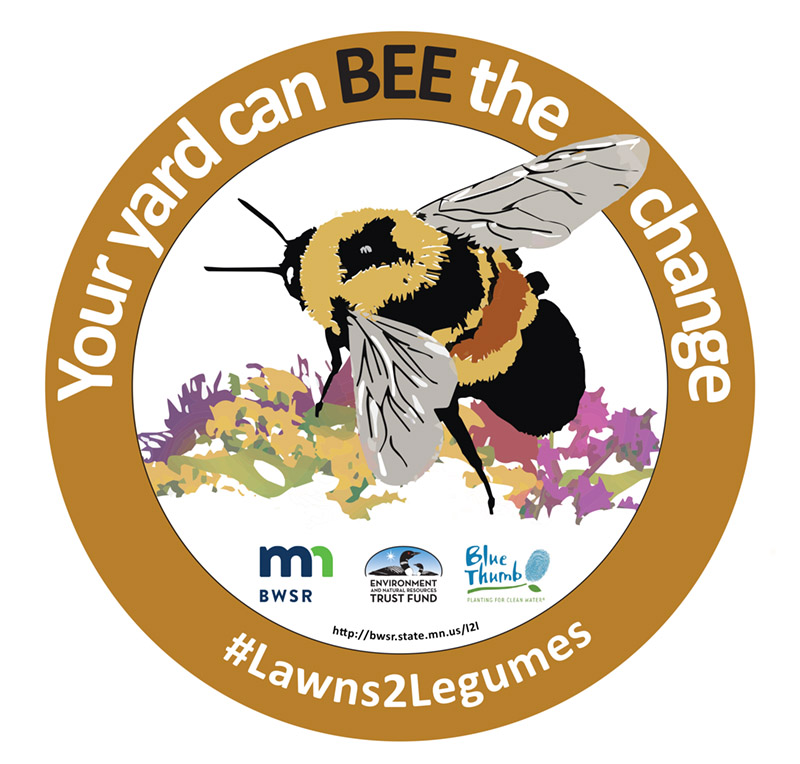City studying changes to support low-input lawns, native plants
The City of Albert Lea is considering changing its rules on weeds and tall grass to allow low-input lawns and native plants that offer several benefits. Low-input lawns offer the benefits of traditional turf grass, such as appealing aesthetics and space for recreation, while decreasing the inputs of fertilizers, herbicides, water and other maintenance materials.
Low-input lawns offer several environmental and financial benefits:
-
-
- Reducing stormwater runoff that carries fertilizer and other contaminants to local lakes
- Reducing the frequency and expense of mowing
- Reducing gasoline use, which also results in reduced air emissions
- Using less inputs saves money
- Using native plants provides habitat for pollinators such as bees and butterflies
-
The proposed rule changes would allow prairie, meadow or other native plantings as long as they:
-
-
- Do not contain noxious weed growth
- Include grasses native to Minnesota
-
Property owners would need to obtain a permit if the proposed low-input landscape includes native grasses that exceed 8 inches in height.
To obtain a permit, property owners would need to meet the following setbacks for native plantings:
-
-
- At least 10 feet from the front lot line. Corner lots would be deemed to have two front yards.
- At least 5 feet from any interior side and/or rear lot lines. A mowed or landscape transition zone would need to be maintained.
- At least 5 feet from any structure for fire safety.
-
Exceptions for side and rear setbacks would include:
-
-
- Fully opaque fencing at least 5 feet high is between the native plants and the side/rear lot lines.
- The native plants abut a neighboring native plant area.
-
Property owners would need to cut native plant areas at least once a year between April 15 and July 15 to a maximum height of 10 inches. They would need to control soil erosion while replacing turf grass with native plants.
If the native planting areas are publicly visible, then property owners need to post a sign advising that a meadow or prairie area is being established. The sign needs to be between 10 and 12 square inches, and no higher than 3 feet tall. At right is a sign example from the Minnesota Board of Water and Soil Resources.
The Community Development Department plans to propose the ordinance changes to the Albert Lea City Council later this year.
For more information
Wayne Sorensen
Building and Zoning Official
507-377-4340
wsorensen@ci.albertlea.mn.us
Resources
-
-
- University of Minnesota: Low-input lawns
- Minnesota Board of Water and Soil Resources:
-

The City of Albert Lea is considering changes to allow low-input lawns and native plantings, like this milkweed plant that provides habitat for monarch butterflies.

